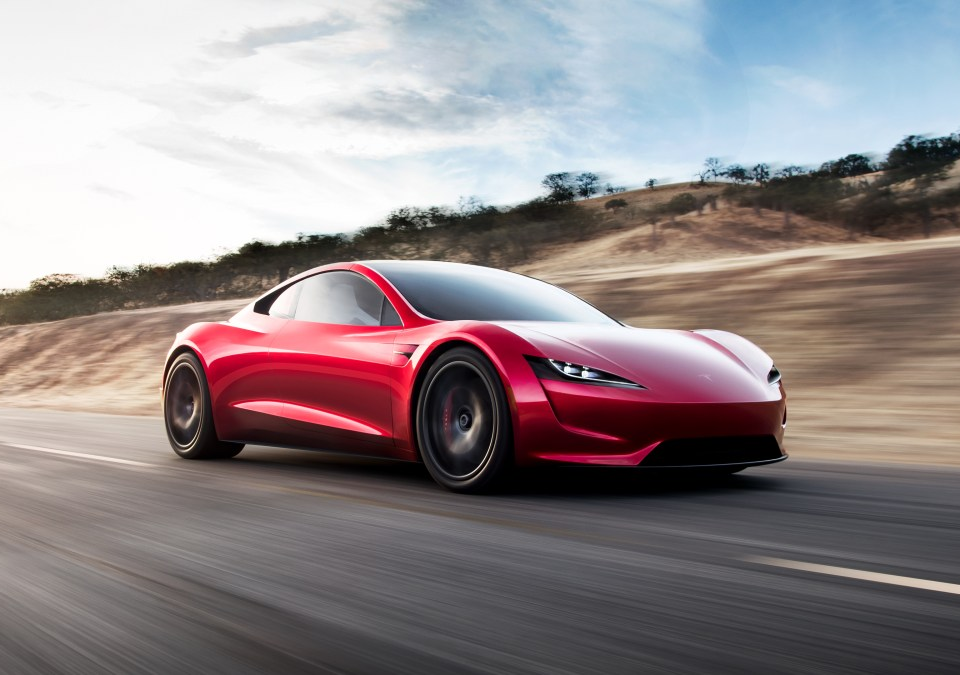
Tesla says it’s also being investigated by federal equal employment agency
April 20, 2022
Tesla expects gigafactories to run below capacity through 2022
April 21, 2022
As usual, it’s been a dramatic quarter for Tesla.
Tesla, which will announce its first-quarter financial results Wednesday, has benefited from a global surge in consumer demand for electric vehicles and increasingly tough fuel economy mandates implemented by governments worldwide, including the Biden administration’s own stringent standards beginning in 2024.
But the $1 trillion automaker faces the same headwinds as rivals, namely a supply chain crunch partially stemming from Russia’s invasion of Ukraine and a resurgence of the COVID-19 virus in China that forced Tesla to idle its largest facility, Gigafactory Shanghai, in the wake of widespread lockdowns in the country.
Then there are the challenges that Tesla CEO Elon Musk regularly generates for himself. One need look no further than his unsolicited $43 billion Twitter takeover bid and the growing list of federal agencies investigating Tesla for alleged violations.
First-quarter earnings — and the call with analysts that will follow — should provide insight into how Tesla has managed the conflicting events of skyrocketing demand and a squeezed supply chain. And if the earnings call follows Tesla and Musk’s typical trajectory, it should also give investors an update on other aspects of the business, as well as what a bid for Twitter might mean for the EV maker.
Per data from Yahoo Finance, analysts expect that Tesla generated Q1 2022 revenues of $17.76 billion, and $2.26 in earnings per share. That would be a banner quarter for the automaker. For the first three months of 2021, Tesla reported $10.389 billion in revenue and 93 cents in earnings per share.
Musk began teasing in March the release of Tesla’s extraordinarily ambitious Master Plan Part 3. The new playbook aims to scale Tesla to the “extreme,” a potential challenge in the near-term due to supply constraints.
One analyst told TechCrunch it’s the “perfect time” for Tesla to introduce Part 3. “I couldn’t think of a better time,” said Morgan Stanley analyst Adam Jonas. “You need someone who has influence. Tesla has a deterministic size, scale and business — they generate a lot of cash.”
“Having someone who can talk with authenticity and experience to governments, mining companies, up and down the supply chain — Elon has had an enormous impact and telemetry of adoption,” he added. “He is doing the very hard stuff, physical, earth-moving capital-intensive stuff.”
Musk hasn’t said much about this third part in the company’s “master plan.” He did reveal on Twitter that artificial intelligence and scaling the automaker’s operations will be the themes that will dominate the next installment in Tesla’s long-term playbook.
The first-quarter earnings call could be the moment that Musk begins to let everyone else in on his plan.
Despite challenges this quarter, Tesla has reported stellar numbers for the first three months of 2022, delivering 310,048 vehicles worldwide. That’s a 68% increase over the nearly 185,000 vehicles Tesla delivered during the first quarter of 2021.
Meanwhile, Tesla’s first-quarter U.S. sales rose 87.2%, to 129,743 units, compared with the same period last year, according to Autodata Corp.
Tesla’s global production and delivery numbers are expected to rise sharply this year with the recent openings of the company’s first factory in Europe, the $5 billion Gigafactory Berlin, and its $1 billion Gigafactory in Austin. Together, the additional capacity should boost Tesla’s output significantly as the automaker gears up for the 2023 launch of its Cyber Truck, new Roadster and long-delayed Tesla Semi.
However, uncertainty surrounding China’s recent surge of COVID-19 cases means that Tesla may need to rely more heavily on its factories in Berlin, Austin and Fremont, California. The constrained supply at Gigafactory Shanghai could crimp the Chinese market for Tesla’s vehicles if Chinese buyers are suddenly faced with high tariffs to import EVs into the country.
Tesla’s quarterly shareholder letters don’t typically acknowledge other automakers. However, in this increasingly competitive and crowded EV landscape, Tesla can’t stay silent forever — at least not internally.
Global automakers from Volkswagen and Mercedes to Ford and GM are investing hundreds of billions of dollars in a race to electrify a significant share of their portfolios by the end of the decade. Many of these companies have specifically named Tesla’s own Model Y crossover as a target.
How Tesla defends its gains may end up being the most interesting development to watch in 2022 and into early next year as numerous EVs come to market. Will it be through a sheer volume play? Or will Tesla lean into the software that helped it achieve dominance in the first place?
Recent battery-electric debuts include the Cadillac Lyriq and Lucid Air, which are now in production, as well as forthcoming models across a range of brands from Mercedes-Benz to Maserati. Even niche manufacturer Lotus and little-known California EV startup Indi EV have put a bullseye on Musk’s Model Y.
Tesla has branded itself as a sustainable energy company, but to date the vast majority of its revenue comes from the sale of EVs and its related products.
Tesla started initiating small cost-cutting and revenue driving measures this month, including extending peak-charging hours at Superchargers in California and charging separately for the Gen 2 Mobile Connector Bundle that was historically included in the purchase price of a new Tesla.
We’ll be watching for cues on whether this kind of approach to revenue generation will continue and how far it will extend.
With inflation rising and supply chain constraints continuing, Tesla may signal future price hikes on its vehicles or the à la carte-charge-for-every-add-on tactic that has emerged in recent months.
Speaking of revenue drivers, “Full Self-Driving” software beta, a $12,000 upgrade to the standard Autopilot advanced driver assistance system, will be another item to watch out for.
Expect an update on how many Tesla owners now have access to the beta software and forward-looking statements on future rollouts and improvements in functionality, as well as how FSD differs from a plan floated by Musk to produce a dedicated robotaxi.



